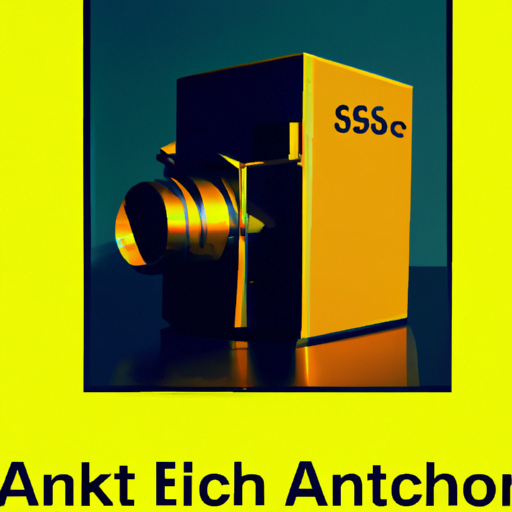
-
Table of Contents
Erik Nitsche: A Pioneer in Graphic Design

Graphic design is an art form that combines creativity, communication, and visual aesthetics to convey messages and ideas. Throughout history, there have been numerous influential figures who have shaped the field of graphic design. One such pioneer is Erik Nitsche, a Swiss-born designer who made significant contributions to the industry during the mid-20th century. This article explores the life, work, and impact of Erik Nitsche, highlighting his innovative approach to design and his lasting legacy.
Early Life and Education
Erik Nitsche was born on September 7, 1908, in Lausanne, Switzerland. From a young age, he displayed a keen interest in art and design. Nitsche’s passion for graphic design led him to pursue formal education in the field. He enrolled at the Kunstgewerbeschule in Zurich, where he studied under the guidance of renowned Swiss designers, including Ernst Keller and Alfred Willimann.
During his time at the Kunstgewerbeschule, Nitsche developed a deep appreciation for the principles of the Bauhaus movement, which emphasized the integration of art, craft, and technology. This influence would later become evident in his own work, as he sought to combine artistic expression with functional design.
Early Career and Breakthrough
After completing his education, Nitsche began his career as a graphic designer in Zurich. He initially worked for various advertising agencies, honing his skills and gaining practical experience. However, it was his move to the United States in 1934 that marked a turning point in his career.
Upon arriving in the U.S., Nitsche quickly established himself as a prominent figure in the American design scene. He joined the prestigious advertising agency, Reiss Advertising, where he worked on projects for clients such as General Electric and Union Pacific. Nitsche’s innovative approach to design, characterized by clean lines, bold colors, and striking imagery, caught the attention of both clients and fellow designers.
One of Nitsche’s most significant breakthroughs came in 1941 when he was commissioned by General Dynamics to design a series of posters promoting their products. This project allowed Nitsche to showcase his ability to combine technical accuracy with artistic flair. His posters, featuring sleek illustrations and concise messaging, effectively communicated the company’s message and established Nitsche as a leading designer in the field.
Collaboration with General Dynamics
Nitsche’s collaboration with General Dynamics proved to be a fruitful partnership that lasted for over two decades. During this time, he worked on various projects for the company, including designing brochures, annual reports, and promotional materials. Nitsche’s designs for General Dynamics were characterized by their modernist aesthetic, incorporating geometric shapes, bold typography, and vibrant colors.
One of the most notable projects Nitsche undertook for General Dynamics was the design of their “Atoms for Peace” campaign in the 1950s. This campaign aimed to promote the peaceful use of atomic energy and educate the public about its potential benefits. Nitsche’s designs for the campaign were both visually striking and informative, effectively conveying complex scientific concepts in a visually appealing manner.
Legacy and Influence
Erik Nitsche’s contributions to the field of graphic design extend far beyond his work for General Dynamics. His innovative approach to design, characterized by its simplicity, clarity, and functionality, revolutionized the industry and set new standards for visual communication.
Nitsche’s influence can be seen in the work of countless designers who have followed in his footsteps. His emphasis on the integration of art and technology, as well as his commitment to effective communication, continues to shape the way designers approach their craft.
Furthermore, Nitsche’s work serves as a testament to the power of design in shaping public perception and influencing behavior. His ability to distill complex ideas into visually compelling designs demonstrates the potential of graphic design as a tool for education, persuasion, and social change.
Conclusion
Erik Nitsche’s impact on the field of graphic design cannot be overstated. His innovative approach, characterized by its fusion of art and technology, has left an indelible mark on the industry. Nitsche’s ability to communicate complex ideas through visually compelling designs continues to inspire and influence designers to this day.
As we reflect on the contributions of Erik Nitsche, we are reminded of the power of design to shape our world. His work serves as a reminder that graphic design is not merely a decorative art form but a powerful tool for communication and expression. By studying the life and work of Erik Nitsche, we gain valuable insights into the evolution of graphic design and the potential it holds for the future.
